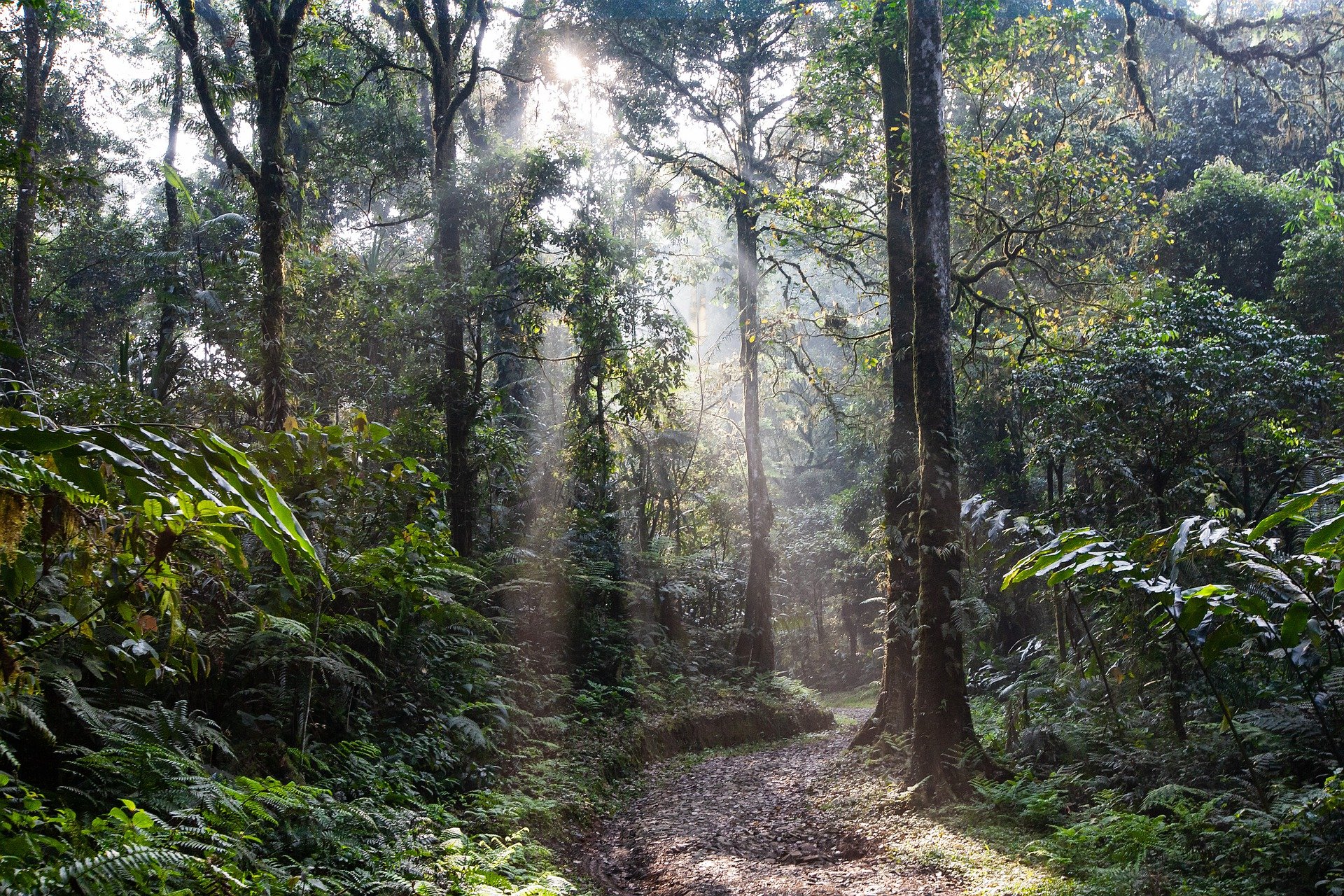Friend turned Foe – The Amazon is now emitting CO2. What does this mean for climate change?

George Edwards discusses the study that found the Amazon rainforest now emitting rather than absorbing CO2, and the implications this will have on climate change in the future.
A recent study of Brazil’s Amazon Basin has revealed that the tropical rainforests in the region have “flipped” from absorbing the harmful greenhouse gas CO2 to emitting it. The research was led by Luciana Gatti and her colleagues from the National Institute for Space Research in Brazil, with co-authors from universities and researchers all over the world.
A carbon sink is an area of the Earth that absorbs more CO2 than it emits (releases). The chief sinks on Earth are oceans and rainforests, though now, it seems, one of our allies has become a turncoat, now supporting the enemy that is climate change. Plants and soil absorb over a quarter of the CO2 emissions released each year, even with increasing pollution. The Amazon Basin, containing 450 billion tonnes of CO2 in its plants and soil, was thought to absorb the most.
Using planes, the researchers took 590 samples of CO and CO2 at elevations of up to 4.5 kilometres above the forest floor, coming them with samples from 2010 – 2018. The data found that the north-eastern Amazon had a ‘carbon balance’ (where emissions are equal to the absorption) whilst the south-eastern Amazon seemed to emit far more than it absorbed. This to have been caused by several factors.
“Deforestation and forest degradation reduce Amazonia’s capacity to act as a carbon sink” the authors note in the paper published in Nature. Since 1970 the Amazon Basin has lost 17 per cent of its forests, with the most degradation occurring in the south-eastern region. Not only has the deforestation of the Basin had devastating effects on the wildlife that find their habitats endangered (in fact, the Blue Macaw parrot, made famous by the film Rio, has become extinct in the wild due to forest degradation), but is also having great effects on the tropic’s ability to fight climate change. By cutting down the forests, we lose thousands of trees that absorb CO2 to create space for farming land, which emits lots more carbon than it absorbs.
Since 1970 the Amazon Basin has lost 17 per cent of its forests, with the most degradation occurring in the south-eastern region.
Climate change itself is also a factor in the forest’s shift from sink to source, causing dry season temperatures to increase by 3 degrees Celsius, not only allowing less CO2 to be absorbed, but increasing the risk of forest fires (you may remember the 2,500 major fires that burned through the region from May to November of 2020), which released hundreds of tonnes of CO2.
In an interview with the BBC, Gatti explained that “In the eastern part of the Amazon, which is around 30 percent deforested, the carbon emissions were 10 times higher than in the western region which is around 11 per cent deforested.” Due to this, in the last decade, the Amazon released 20 per cent more carbon than it absorbed.
Gatti explained that “In the eastern part of the Amazon, which is around 30 per cent deforested, the carbon emissions were 10 times higher than in the western region which is around 11 per cent deforested.”
With our ally turned foe, greenhouse gas emissions topped 40 billion tonnes in 2019. With the rainforests now emitting CO2, global warming will increase further, causing our climate to change more drastically than before. In turn this will cause destruction of other carbon sinks, such as the oceans and ice sheets, thereby increasing the effects on climate change again.
Researchers are hoping to find more solid evidence that link this increase in emissions to deforestation in a bid to halt destruction of all tropical forests, mitigate the forest’s shift to a carbon source and end this vicious cycle of climate change as soon as possible.


